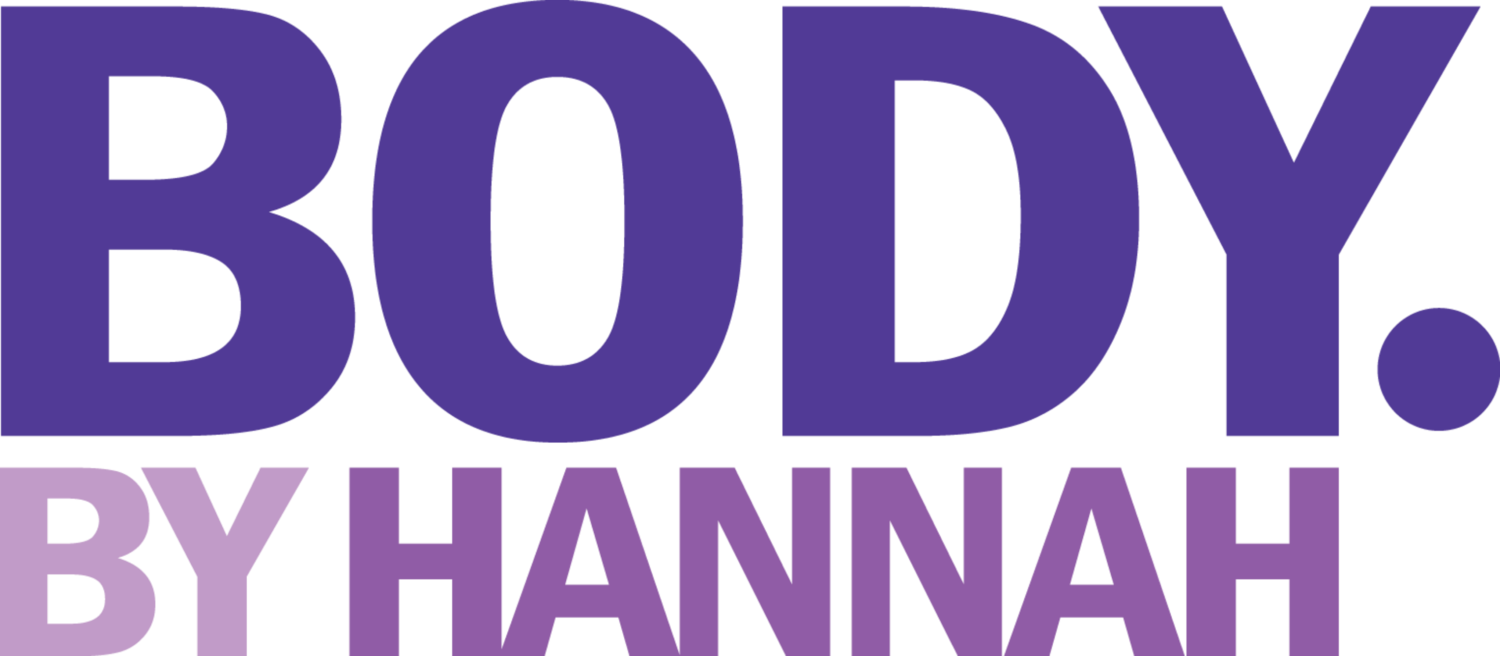Why Can't We Quit Yo-Yo Dieting?
In a world obsessed with quick fixes, the cycle of yo-yo dieting has become a familiar pattern for many of us. The promise of rapid weight loss, the allure of shedding pounds in weeks, and the belief that the next diet will finally be *the one* are hard to resist. But as we repeatedly dive into these diets, lose weight, gain it back, and start again, we might wonder: why can't we just quit yo-yo dieting?
The Allure of Instant Results
One of the reasons yo-yo dieting culture has prevailed is because it offers immediate gratification. In a society where we expect instant results, the idea of losing weight quickly is appealing. Fad diets promise transformations in short time frames, playing on our desire for a "quick fix" rather than long-term, sustainable health.
Yo-yo dieting is also wrapped up in emotional rewards. The initial success of losing weight can give us a sense of accomplishment, validation, and control. When we see the scale drop, it’s an immediate signal that our efforts are “working,” reinforcing the behavior. However, this high is often short-lived.
The Biological Battle
What makes quitting yo-yo dieting even harder is that our bodies are wired to resist these dramatic weight changes. When we restrict our calorie intake or deprive ourselves of certain foods, our metabolism can slow down, and hunger hormones can spike. This biological response is the body’s way of protecting itself against starvation, but for us, it often leads to frustration and, ultimately, giving up on the diet.
Once we start eating normally again, the weight returns (and often with extra pounds). This weight gain often feels like failure, which pushes us to start another restrictive diet. And the cycle continues.
Psychological Traps of Diet Culture
The cultural obsession with thinness also plays a significant role in perpetuating yo-yo dieting. Media and societal standards have ingrained the idea that thin equals healthy and beautiful. This constant pressure to meet unrealistic body ideals can drive us to diet again and again, even when we know it's not sustainable.
On top of that, diet culture often frames food as “good” or “bad,” creating a guilt-driven relationship with eating. We feel proud when we eat “clean” and guilty when we indulge. This black-and-white thinking about food can lead to binge-eating or overeating once we “fall off” a strict diet, reinforcing the cycle.
Breaking Free from the Cycle
Escaping the clutches of yo-yo dieting requires a shift in mindset and habits. Here are some strategies to break the cycle and find freedom with food:
1. Focus on Sustainable Changes
Instead of chasing fad diets, prioritize long-term, sustainable habits. Embrace gradual changes that you can stick with for the rest of your life, such as eating more whole foods, cooking more meals at home, or incorporating more physical activity. When your focus shifts from a quick fix to lifelong health, the pressure of constant dieting starts to lift.
2. Embrace Intuitive Eating
Intuitive eating is about listening to your body’s hunger and fullness cues and building a positive, guilt-free relationship with food. Instead of labeling food as “good” or “bad,” allow yourself to enjoy all foods in moderation. Trust that your body knows what it needs and when it’s had enough. This approach reduces the need for restrictive diets and helps prevent the binge-restrict cycle. Try this Intuitive Eating Worksheet.
3. Set Non-Weight Goals
One of the most freeing things you can do is set goals that aren’t tied to the number on the scale. Focus on things like increasing your energy levels, improving your strength, or enhancing your overall well-being. When you set performance-based or wellness-focused goals, the pressure to lose weight quickly fades, and you’re more likely to stick with your healthy habits. When you realize that food HELPS you reach performance goals, it can be very freeing.
4. Practice Self-Compassion
Finally, give yourself grace. Breaking free from yo-yo dieting is a process, and it takes time to rewire your habits and mindset. Celebrate the small victories and be kind to yourself when you slip up. Self-compassion helps you build a healthier, more sustainable relationship with food and your body.
Finding Freedom and Fun in Your Health Journey
The key to breaking the yo-yo dieting cycle is to find joy and balance in your health journey. Instead of seeing health as a rigid set of rules, view it as an evolving process that includes both nutritious foods and treats, both movement and rest. Finding freedom in food means rejecting the extremes of dieting and embracing the beauty of flexibility.
You don't have to be on a diet to be healthy. By focusing on long-term wellness, listening to your body, and rejecting diet culture, you can break free from the endless cycle and rediscover the fun in taking care of yourself. After all, health is about feeling good, inside and out.
Yo-yo dieting thrives because of quick-fix promises, societal pressures, and deep-seated emotional patterns. But by embracing a more intuitive and compassionate approach, you can break free from the cycle. Sustainable health is about finding balance, enjoying food, and making gradual changes that enhance your well-being for life. The next step in your health journey doesn't require a diet — it requires a mindset shift.


